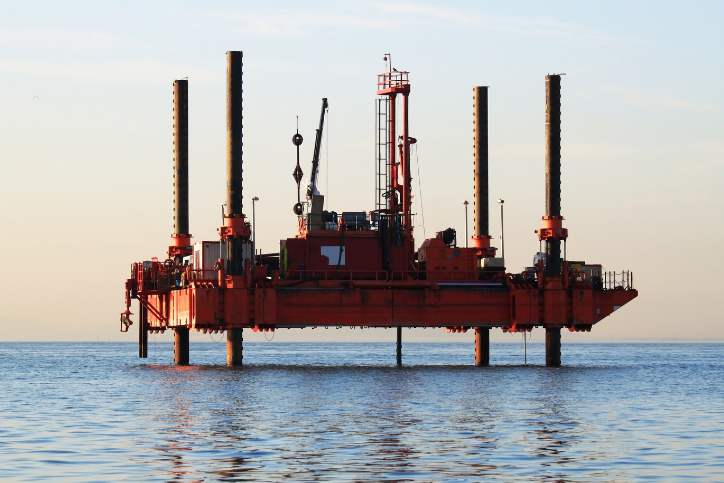Deep-sea drilling is the process of drilling holes in the earth’s crust using an oil rig to extract oil under the deep sea. In the Gulf of Mexico alone, there are about 3400 deep-sea wells. Today, rigs produce gas and oil from almost 3000 meters of water depth.
Deep-sea drilling causes various forms of pollution that have significant negative effects on marine animals, other wildlife, and the oceans themselves.
- The pipes must withstand extreme conditions. The pressure of the water as well as large temperature differences. The minerals dissolved in the oil form aggressive crystals that cause the pipes and pipelines to decompose and corrode, causing them to regularly cause leaks.
- In addition, oil rigs must dispose of drilling mud, brine waste, cover run-off water including toxic and carcinogenic substances such as lead, chromium and mercury. Part of it flows into the sea.
- The greatest risk of such rigs is an unstable well, followed by unwanted fluid entering the well. In the worst case, both problems can lead to the dreaded blowout.
As in the Deepwater Horizon disaster in the Gulf of Mexico in 2010, 770 million liters of crude oil flowed into the sea. This corresponds to about 12.8 million tank fillings.
In such an accident, the oil film spreads in the sea. Parts of it settle on the seabed or are washed up on the coasts. Animals absorb the oil that oils the plumage of seabirds. Starvation or poisoning are causes of death of oily animals.

